We want to welcome Kevin Yuen Kit Lo as part of the Justseeds class of 2020! Kevin lives and works in Montreal/Tiohtià:ke. He is the principal and creative director of LOKI, the social design firm he founded in 2014. We’re really excited to have this new, dynamic voice around design, protest, and social movements as part of our crew, and we want to give Kevin a moment to introduce himself. This interview was conducted over email in June 2020 by Josh MacPhee.
What came first, design or politics?
This is a great question that is a challenge to answer, depending on how we define “design” and “politics.. As an angst-ridden teenager in Toronto, I was drawn to the counter-cultural pretty early on, surrounding myself with hippies, punks and goths, drug-dealers, and petty criminals (while I still attended a posh private school). Weed was a central part of my life. By sixteen, I was used to running from cops, and hence hating them, and I thought this was pretty normal. Some of the punks were also members of ARA Toronto (Anti-Racist Action), though I was never directly involved. I scribbled circle-A’s in my sketchbooks. I understood intrinsically and emotionally that the way the world was set up was wrong, as I imagine most teenagers do. So, in that sense, I think I was “political,” if not active politically.
Surprisingly, “design” provided a bit of an answer to this political yearning. I initially applied to the design program at Concordia because I liked to draw, but thought I should study something a bit more practical. I was lucky that some of the profs were invested in the discourse on design and social and environmental responsibility. This was around the time of Adbusters, No Logo, and the First Things First manifesto. There was actually a sense, in some circles at least, that design could be a liberatory force, or at the very least, not be the handmaiden to advertising. The more theoretical aspects of design interested me, and through engaging with communications and media theory, I began to develop a critique of advertising and mass media and by extension neoliberal capitalism. Culture-jamming became a big thing. And currents of internet art (like the nettime mailing lists) connected me to the communiqués of the Zapatistas, Continental Philosophy (hah), and the burgeoning anti-globalization movement.

In 2001, I attended the protests against the FTAA in Quebec City, the Carnival Against Capitalism. I met with some of my professors there that had connected with radical design groups such as Ne pas plier from France and the Cactus Network from the UK, producing propaganda for the movement (including the amazing Gift of Masks project). I participated in my first real direct actions, attended workshops, got in skirmishes with riot cops, drank in a ton of teargas… In the words of the late, great Tibor Kalman “What I witnessed that day was nasty and ugly and it radicalized me.” But I also witnessed a riotous, celebratory culture, beautiful creativity and acts of solidarity that pointed me towards other ways of living and being in relation with people. And other ways to engage with design as well.
That fall, Concordia convened a conference on alternative and activist approaches to design and publishing, “Declarations of Interdependence and the Immediacy of Design,” inviting many of those design groups as well as people like Brian Holmes, Naomi Klein and Jan van Toorn. This was very shortly after Sep. 11th, and we had intensive workshops to create and disseminate anti-war propaganda. It was an incredibly intense moment and foundational to my understanding of what design can do.
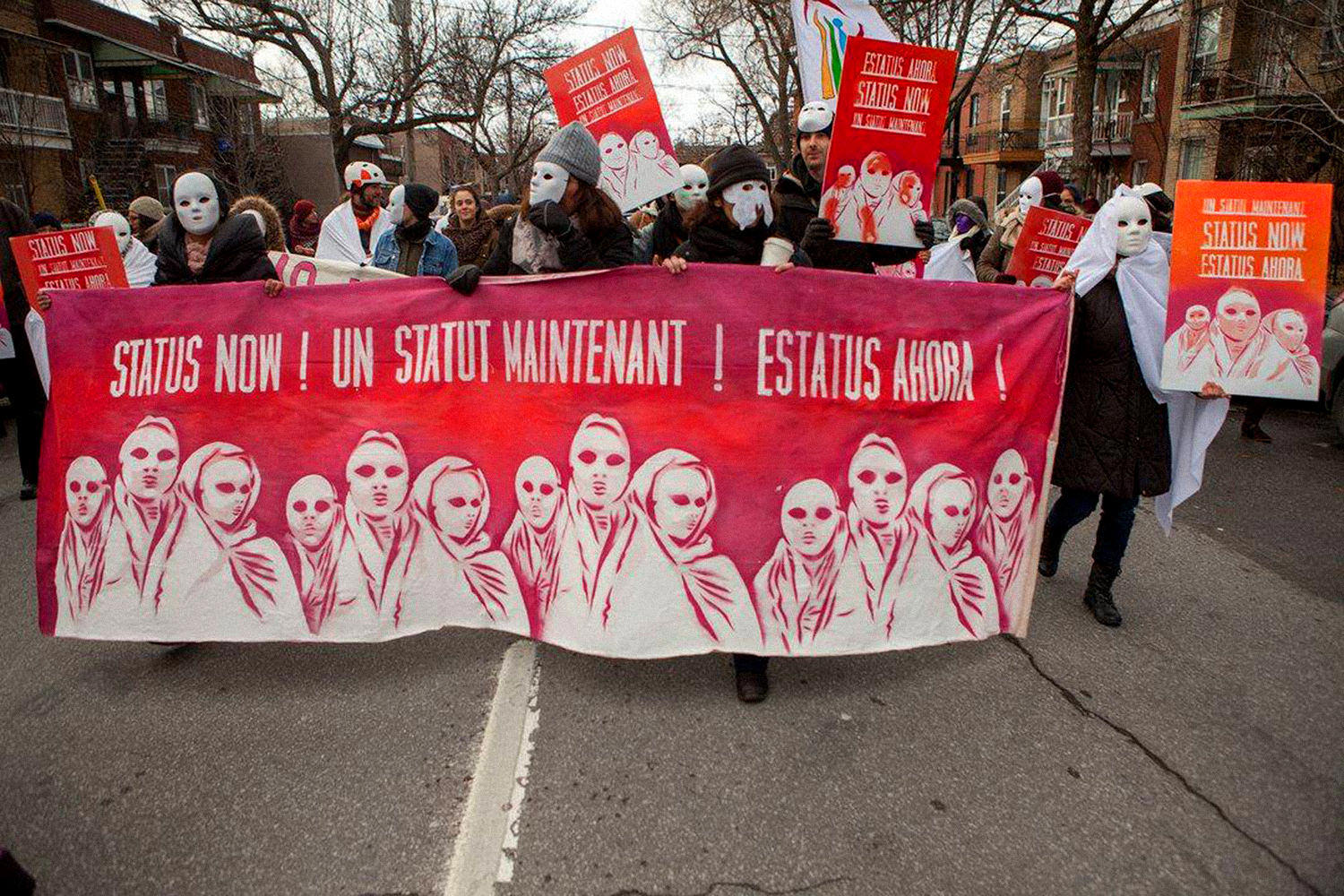
It was around this time that I started getting involved with Memefest as well, a network—based at the time in Slovenia—that converged around tactical media, culture jamming ,and other radical design practices and theory. It’s a group that I’m still involved with to this day, made up of dear friends across the world. So, design and politics have more or less always been interlinked for me.
I’m assuming you went to design school, right? At least in the States, that is almost always a very anti-political space, with an intense antagonism to anything that pokes at the reification of life as capitalist marketplace, with design being the privileged lubricant. How have you navigated that profound conflict?
I think I was lucky that Concordia was pretty rad at the time. The student union was super rad, and Montreal in general was a politically engaged and politically creative city. I also later studied in the UK under Ian Noble (RIP), Russel Bestley and Tony Credland, whom I had met at the Declarations Conference, and they’re old school punks (as most art profs were then), steeped in the political counterculture, but with an incredible academic rigour. So, I’m definitely pretty grateful for my design education, I realise that it doesn’t reflect what most people probably experienced.
The conflicts came out more as I joined the professional world. Although I’m not sure I quite understood it this way at the time, I’ve made a ton of compromises. I started working in interactive design and was recruited into working in advertising, for big, corporate clients; car companies, beer companies, McDonalds, you name it. I’ve also worked in luxury fashion, selling $500 dollar t-shirts. Throughout it all, I more or less maintained a separate personal and activist design practice, but the contradictions were challenging for me. At best, I saw it as a bit of a Robin Hood approach, and at worst I was wracked in existential self-doubt and guilt. That being said, I never really hid my politics, and I was surprised that my friends in advertising never really brought this up and that my activist friends never called me out as a sellout. I think this is one of the tricks of being a designer, you learn to speak all sorts of different languages…
The final straw in advertising came when a creative director put me on a brief for a Canadian mining company with mines in Sudan. I actually completed that project, which I regret to this day. I remember fuming about it in the parking garage with the project manager. And it wasn’t even so much that the company had taken on that contract, I knew the types of clients we worked for, but more that the creative director either didn’t know me well enough to think that this would be a problem for me, or that they did and saw it as a kind of test of loyalty. I quit shortly after, and the project manager quit shortly after me.
For the last five years, I’ve run our small design studio with the goal of doing meaningful social change work while still being able to make a sustainable living. This wouldn’t have been possible without skills and confidence I built working in advertising and the relationships and trust I built in activist circles. It’s still incredibly challenging, especially in the current context. For now, I think we’re doing a pretty good job of it, so I’m putting a lot of energy to write about and challenge the discipline, to show that other ways of working are possible. I believe there’s a whole counter narrative for design, that isn’t tied to capitalism, with Justseeds being a prime example, and I want to surface and celebrate that.
On the flip side, as an artist that also works as a designer, I have also felt some frustration with artists who privilege (and locate their politics in) self-expression over communication. Have you felt that tension? How does expression play into your design practice?
Though I’m certainly aware of the tension you’re raising, I don’t think they are necessarily opposed to each other. The best self-expression should communicate, and the best communication should be grounded in the “speaker”’s self. That being said, I think the question of ego can come into play in really detrimental ways, and I see this as much in designers as I do in artists.
As a designer, we’re supposed to work for clients, which is then supposed to make our work “neutral”—I totally reject that notion. To quote my friend Sandy Kaltenborn, “We work with our clients. We don’t work for our clients (or for any kind of market request), but on society, as a service to society. This also means we reject the working conditions created by the culture of service industries — where money structures the dependencies/the relationships between us and our clients rather than the ideas that we share with them.”
As a social anarchist, I believe in the collectivity of our ideas, and in creating a rich visual culture of resistance, and I definitely want to play my part in shaping this. But I’d like to think that I do so collaboratively/collectively, not just with our clients, but by drawing from all of the different histories and contexts that situate our projects. I’m deeply invested in aesthetics, but not in a specific aesthetic approach that I want to push, that I think is right, that I think is mine. Though others have disagreed with me and I accept this, I personally don’t think our work has a defined LOKI aesthetic, it’s certainly not my aim when we set out to do the work.
How do you think about audience? Design often reaches much broader audiences than “art,” does that play a role in how you think about what you do?
Yes, I suppose this is foundational to design, thinking about “target” audiences and accessibility. But I think this is often instrumentalized in a really dangerous way, either pushing utopian ideas of universalism, which can be deeply colonial, or of a codified and stereotyped visual language for particular audiences (also deeply colonial). It can also involve a very pejorative dumbing down of content and aesthetics. The growing popularity of collaborative design is changing this a bit, but it also poses a serious danger of co-optation. I really want to expand the visual language of activism, but to do so in a way that honours its histories, and in a way that actually reflects the people that compose our contemporary struggles. So the simple answer for me is to actually be engaged in and a part of the struggles that I’m making work for. Then the audience is me! Just kidding… Obviously, I’m not always an insider with all the projects I work on, so it also requires a great deal of empathy, something which is talked a lot about in design, but that I see far less in actual practice.
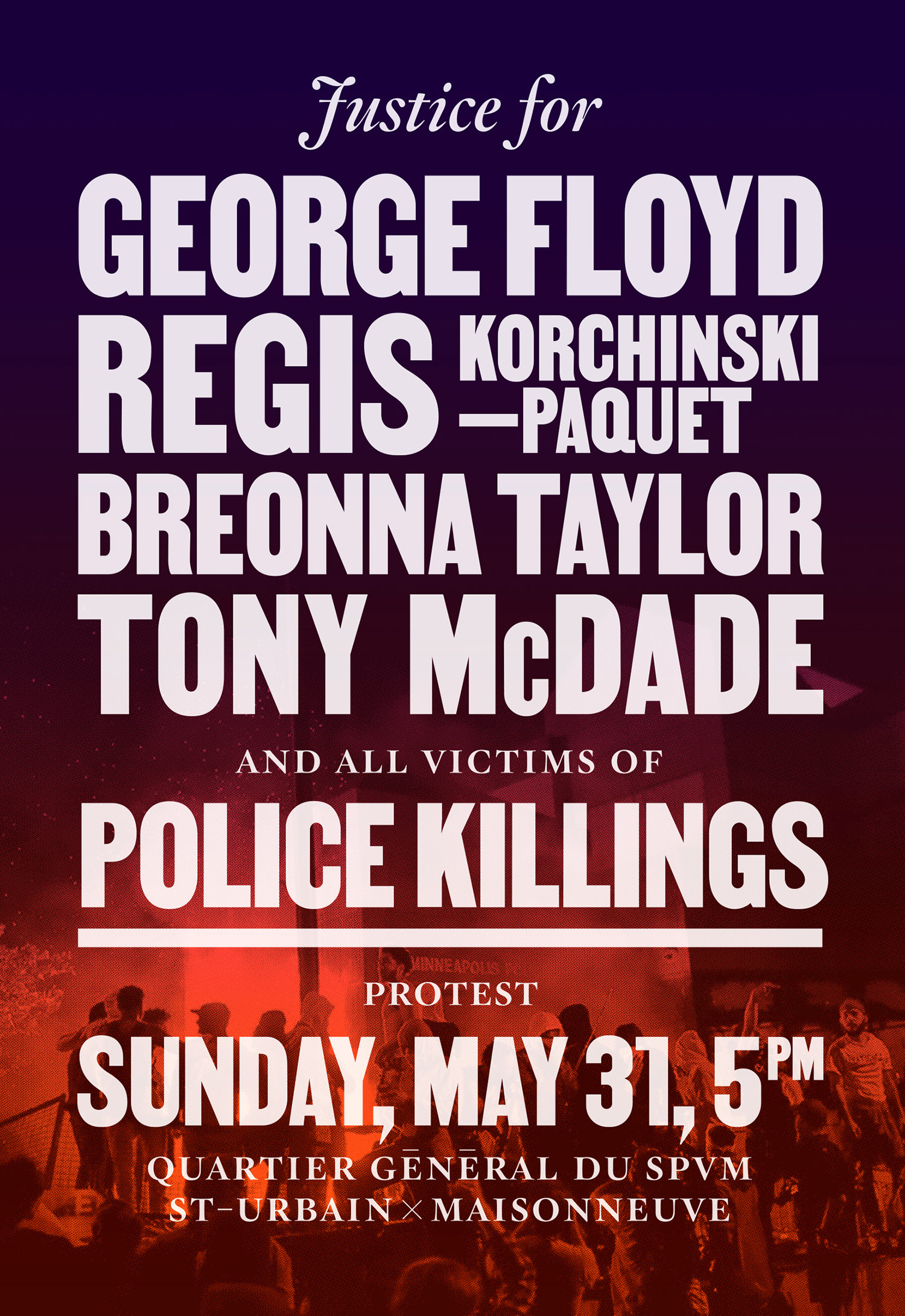
Finally, you do a lot of politicized design education, both in and outside formal institutions. What are the important lessons you’re trying to teach?
As you mentioned earlier, graphic design is often taught and understood as a glorified lubricant to capitalism. There’s a whole culture that celebrates this. Any idea of design as a political process or project is only recognized when it is historicized for consumption as art, like in an exhibition on punk graphics, or a collection of dusty Cuban posters. There’s a living legacy of counterpractice in design, in social, cultural and activist contexts, and I think it’s super important to highlight this and encourage designers to engage with it. A counterhistory that is tied to seditious printing, publishing, and agitprop, to cultures of craft and making wholly outside of contemporary capitalism and colonialism, to experiments in mark making and language and poetry, etc.
I also want people to understand that how we work as designers matters, to think about and reshape our labour and the dynamics of power in our processes. And to understand that the aesthetics we employ also matter, that representation matters. And that these things are linked, that design is an inherently political process and that its products have a huge impact on how we understand and engage with the world. Like you said, design is central to the reification of certain ways of being in the world, so how do we make our choices based on this understanding? How do we negotiate the normalizing and disruptive potential of graphic design?
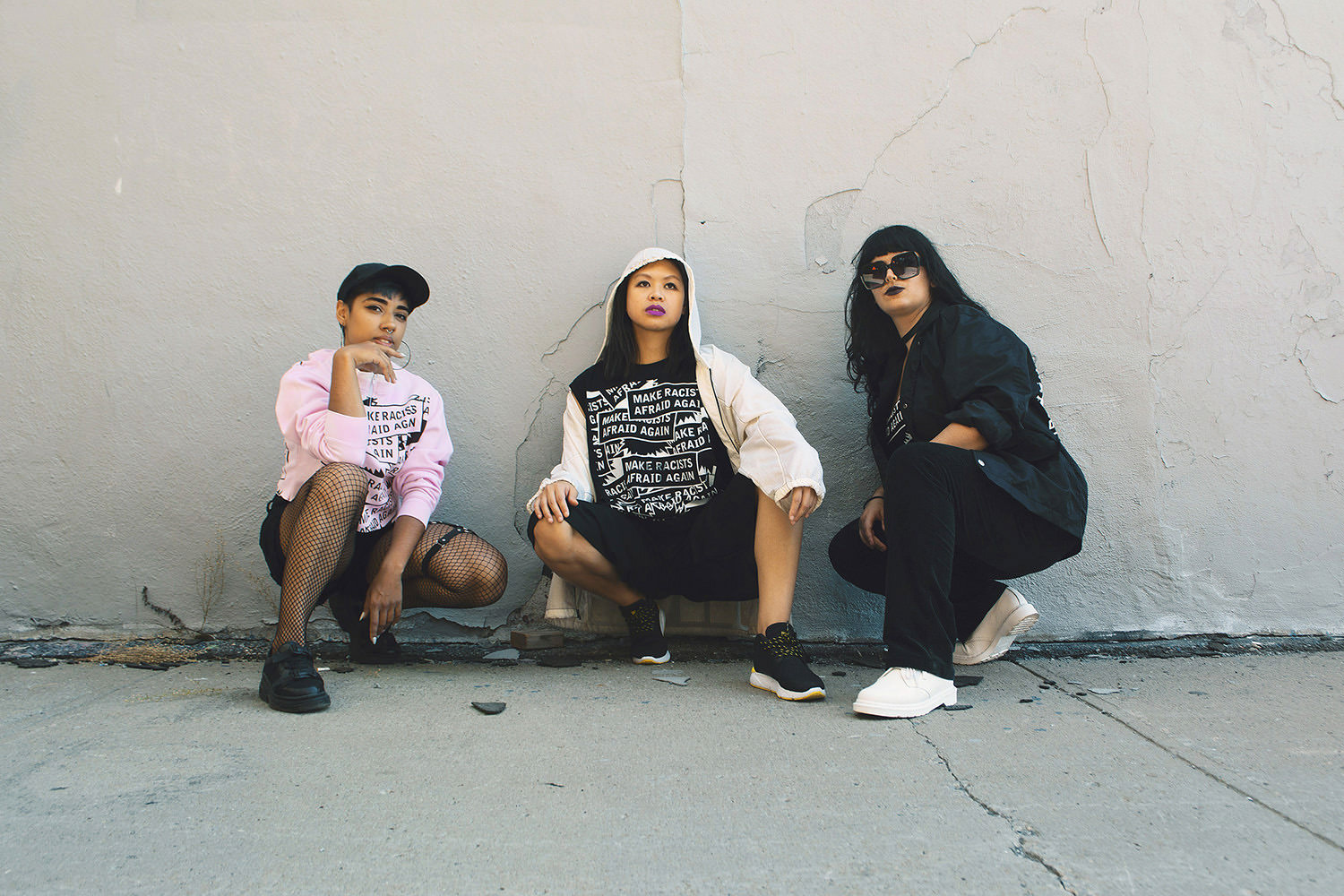
I basically wish designers would think more deeply about their practice, and see it as a far richer discipline than the packaging of consumption or the utility of digital products. At the same time, with the advent of all these popular buzzwords around design these days, social innovation, social impact design, HCD, service design, etc., a lot of which I think is deceptive and dishonest, even with the best of intentions, I think we should engage in demystifying design and push for the further democratization of our tools. I think design is incredibly important, but I certainly don’t think it should be precious.

Kevin will soon have work for sale here on Justseeds, as well as be posting commentary of design and politics on the Justseeds blog. Keep an eye out!
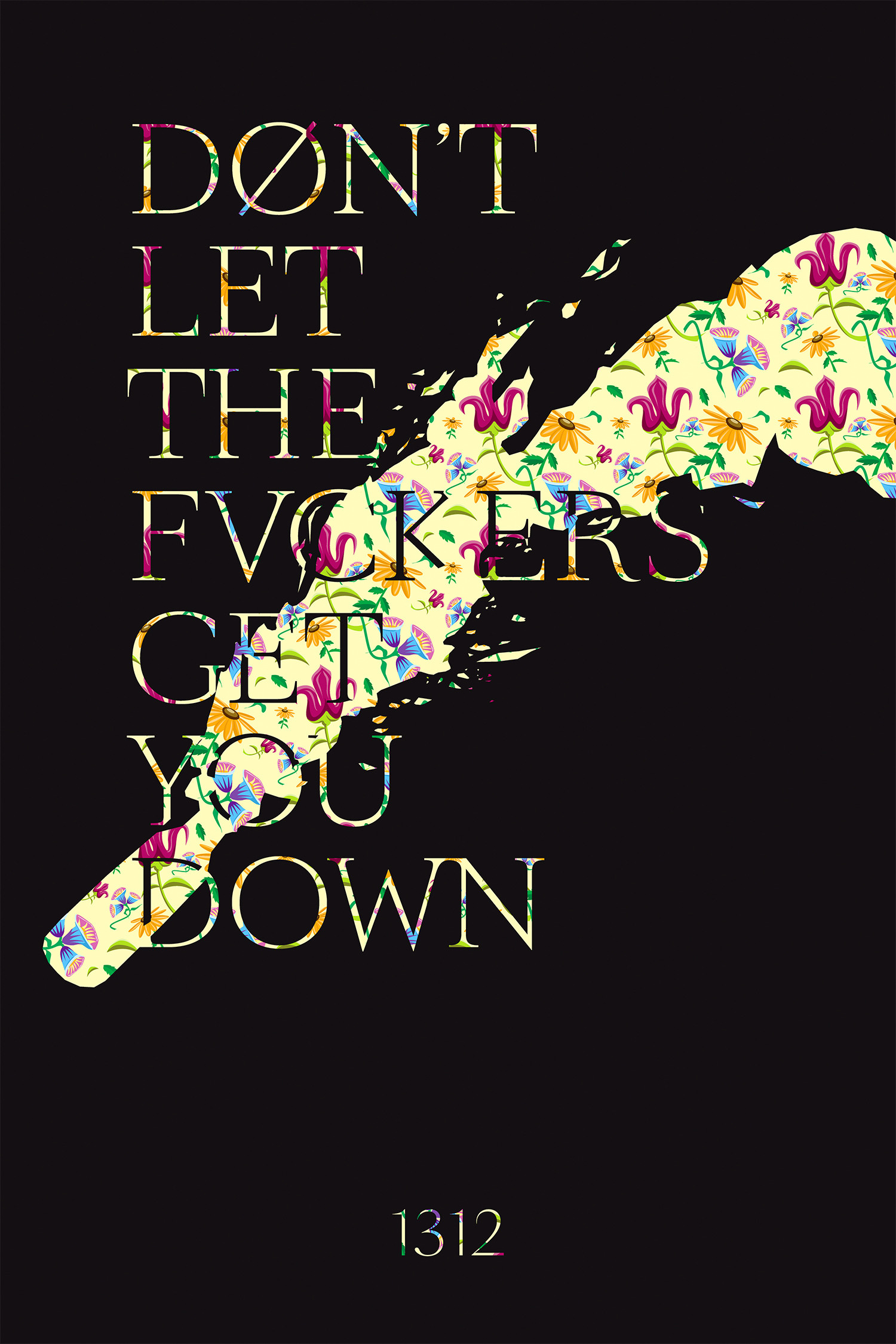

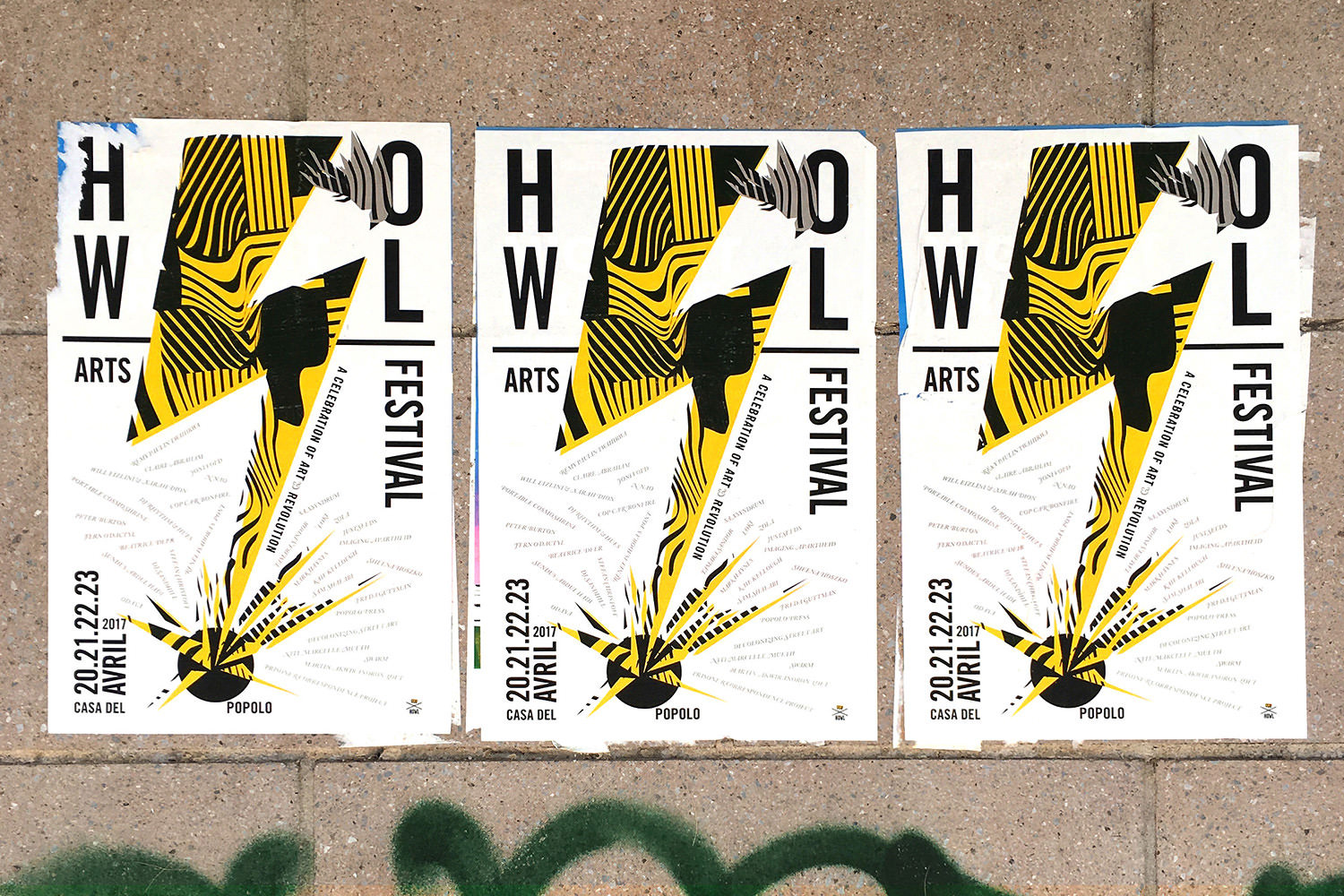

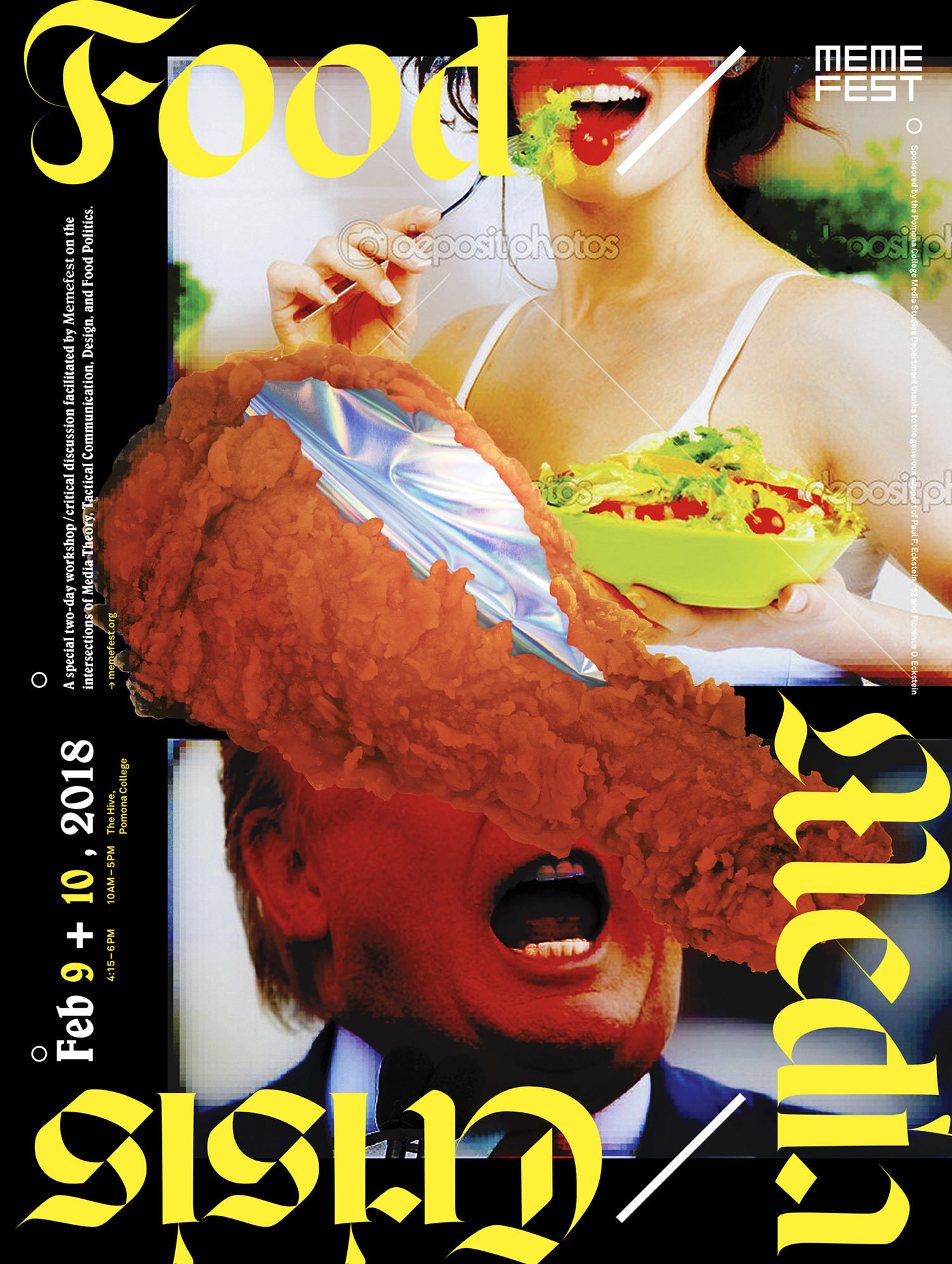





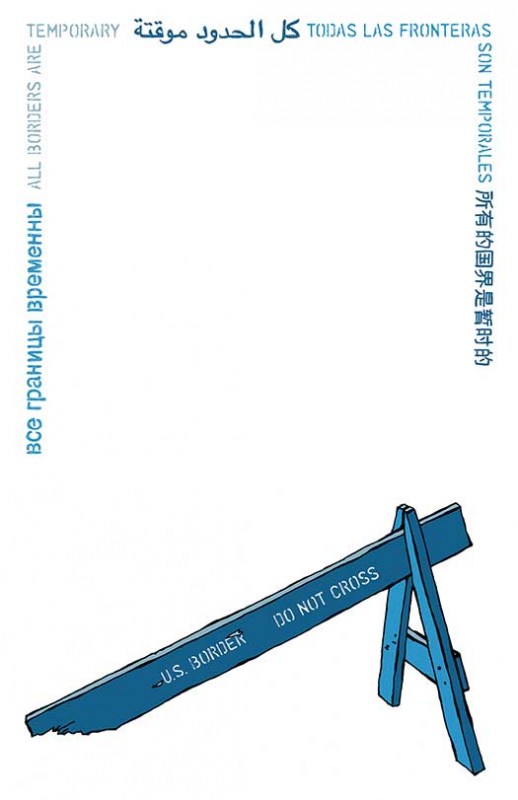
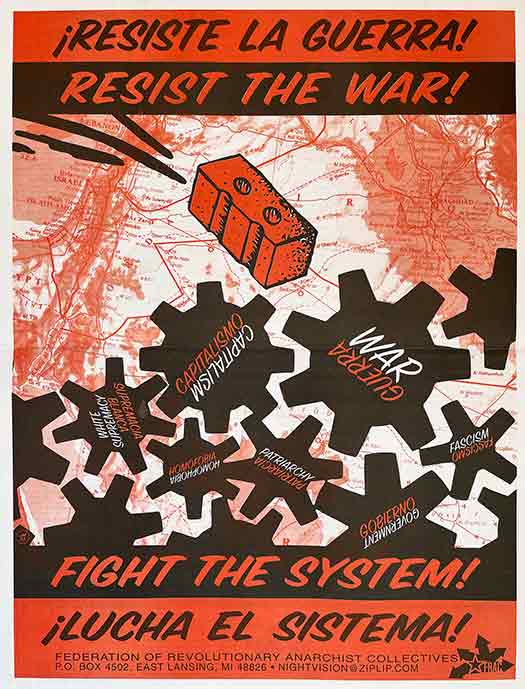
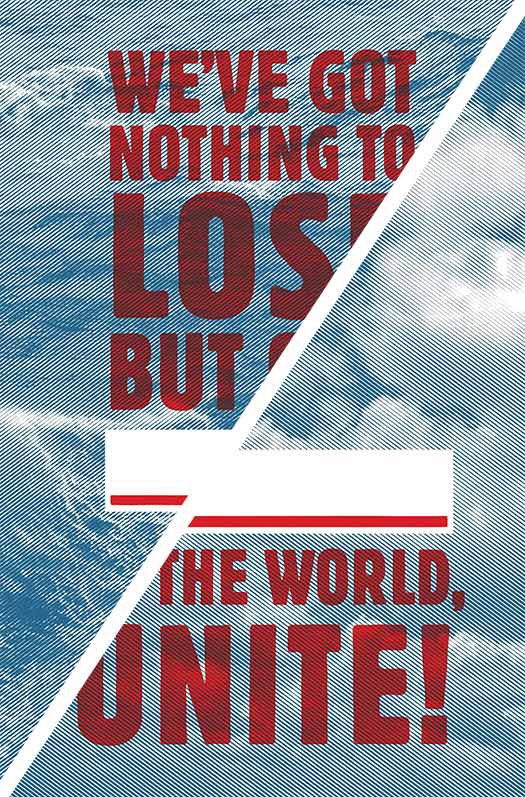
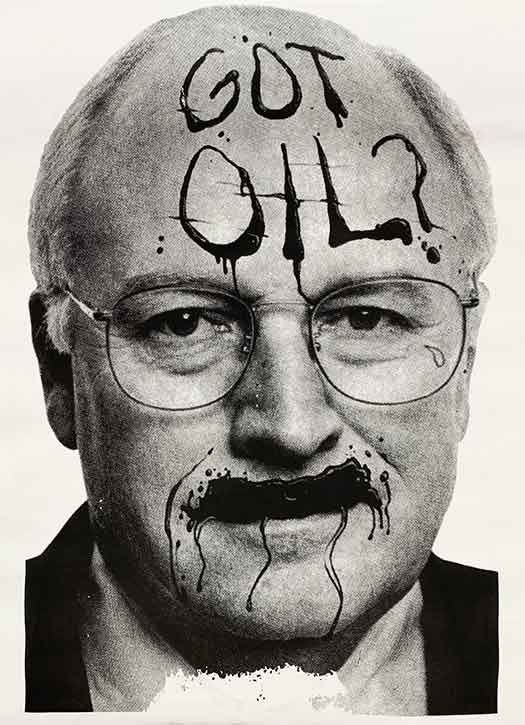
Thanks for the excellent interview. Lots to think about in there.